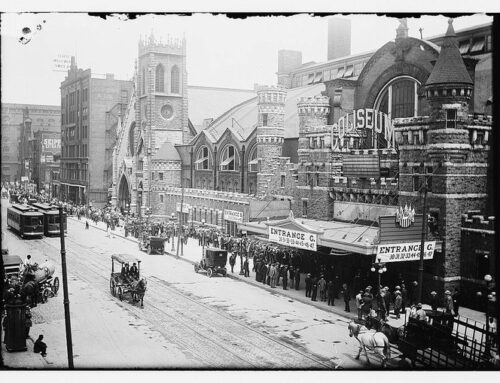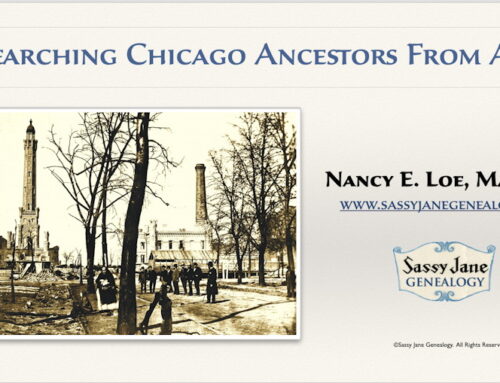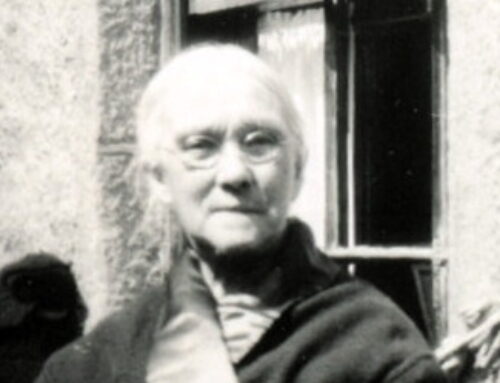Transcribing Scottish baptism records can be a challenge,
even for researchers fluent in English.
Since I returned from my heritage travel to the Highlands in August, I’ve been puzzling over the Scottish baptism record (above) for my great-great-great-grandfather. George Ross, son of Hugh Ross & Margaret McFinley, was “babtized” 22 Nov 1785 in the parish of Tain, Ross-shire.
Three key words eluded me:
“Also, Hugh Ross, at _____ had a child babtized at ___ of _____
lawfully begat with Margaret McFinley named George.”
Help Reading the Record
After consulting the hive mind at Scottish Genealogy (in association with Scotland from the Roadside) on Facebook, it looked like the second missing word was “Diet” rather than “Died” or “Did. This use of the word diet comes from “late Middle English: from medieval Latin dieta ‘day’s work, wages, etc.,’ also ‘meeting of councilors.’ ”
I didn’t know that the Church of Scotland had meetings that were referred to as diets. But some quick sleuthing revealed an account of just such a Highland diet in John Watson’s The Scot of the Eighteenth Century: His Religion and His Life, available for download at Google Books:
The minister Aeneas Sage … was a man of his hands with a stout heart…. Sometimes he met his adversaries with guile, but he was quite prepared to take a high hand also with unsatisfactory parishioners. He announced his intention one Sabbath of holding a diet of catechizing in the house of a certain small laird who was distinguished for his ferocity and evil living. When he arrived at the door the owner asked him what he came for. “I come,” said Sage, “to discharge my duty to God, to your conscience and to my own.”
“I care nothing for any of the three ; out of my house, or I’ll turn you out.”
“If you can,” said the minister, and then the minister had what may be called a preliminary “diet” with the laird, who was a very powerful man. When the diet was over the landlord had all he wanted to eat, for he was lying on the floor with a rope round his hands and feet. As the minister pleasantly remarked, “he was now bound over to keep the peace,” and then with his captive before him, the minister called in the people of the district and taught them the “Shorter Catechism,” from the oldest to the youngest, no man refusing. It is encouraging to know that the laird became a decided Christian, but it is difficult to see what alternative he had under the preaching of his parish minister.
So it seems that my great-great-great-grandfather was not baptized in church on Sunday during regular services, but at a local meeting where non-believers and others were “encouraged” to come forward and be baptized. Perhaps this was the 18th-century Highlands version of a revival meeting with more than a bit of Scots brawn added?
Learn More
Do you have Scottish records you’re having trouble reading? Have you found Scottish baptism records mentioning a “diet of catechizing”? I’d like to hear from you in the comments.
And stay tuned for a post on researching Scottish place names where I decipher George Ross’s birthplace in this Scottish baptism record.
Try my companion genealogy guide, Finding Scottish Ancestors Online, for a step-by-step guide of Scottish genealogy resources.






Leave a Reply